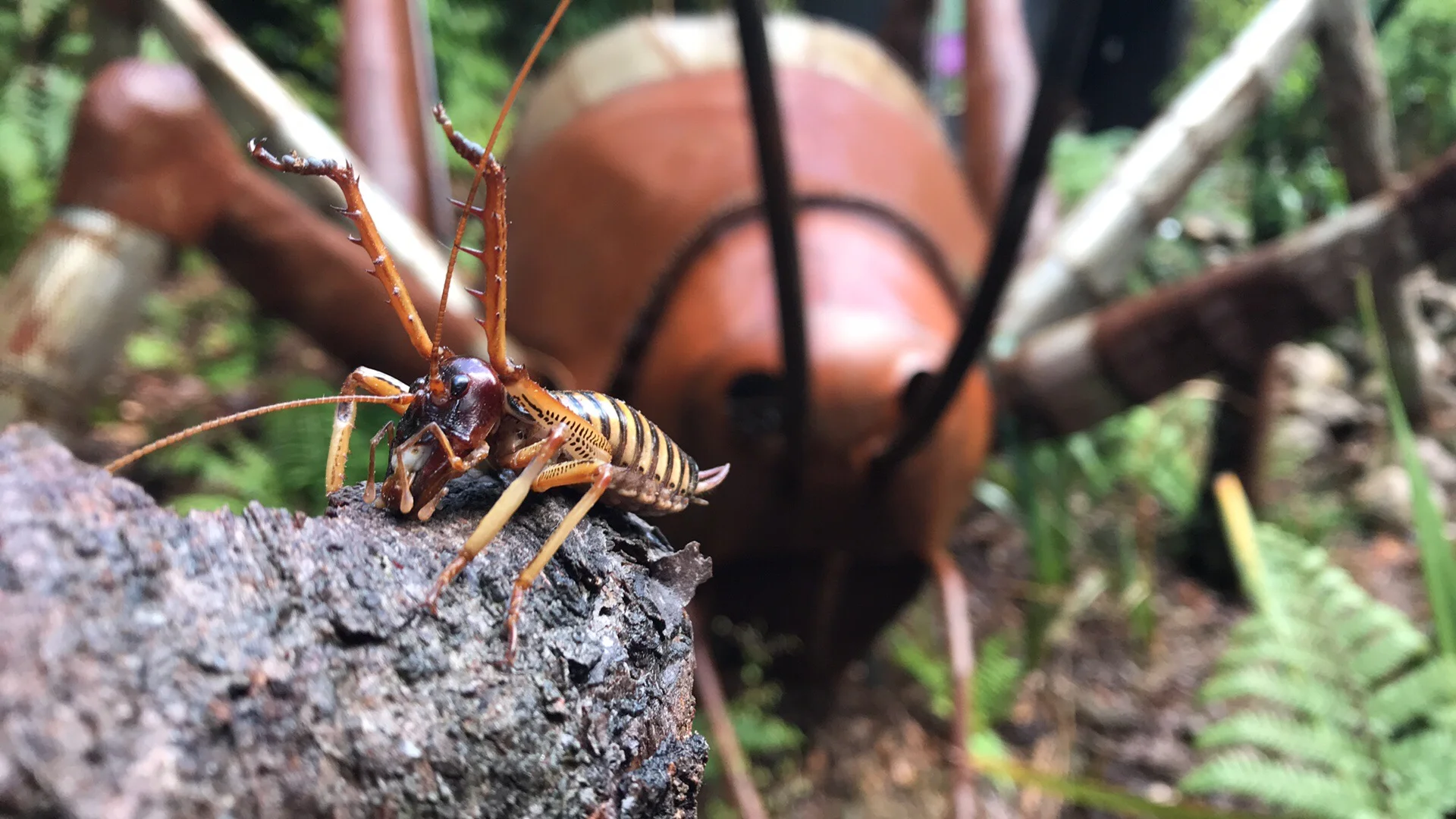Where trees are the hero
Many gardens are modelled around one or two specimen trees, and as such are treated as the ‘hero’ in the same way a chef would create a dish around a prized ingredient. Masterton’s Queen Elizabeth Park has 20 hectares of hero trees in what is one of the best arboretum in New Zealand for a comparable sized town.
Queen Elizabeth Park’s collection of exotic trees is stunning, some planted more than 140 years ago. In total there is more than 180 specimen trees, ranging from the skyscraper American redwoods to the quirky Bhutan Pine.
Many of the trees are labelled with an arboreta sign which gives the botanical name, common name, geographical origin and date of cultivation, plus one or two other details of interest. In the case of the giant redwoods, Sequoiadendron giganteum, it is simply the “Big Tree”, one of the world’s largest and oldest trees.
The naming of the trees is an initiative of the Friends of the Park group to create a Tree Walk that brings an added interest to a stroll through Queen Elizabeth Park.
As well as the Friends’ the Council love their park too, as demonstrated by the Queen Elizabeth Park Rejuvenation Project, running since the mid-2000s, and now nearing its final stage.
The first planting of exotic trees at the park was done in the 1870s. North American conifers were all the rage at the time and feature prominently, in particular the redwoods that are planted along many of the boundaries and contribute much to the character of the park.
In the area bound by the lake, the cricket oval and the Coronation Hall are a number of interesting trees, including a Himalayan member of the pine family, Pinus wallichiana. From Asia and sometimes called the Bhutan Pine, this tree has long hanging needles with a blueish tone, and remarkable long cones.
Closer to the Lake of Remembrance is another large Asian conifer, although most people would not recognise it as such – it is the maidenhair tree, Ginkgo biloba, unusual for being deciduous and having most unconifer-like foliage, the leaves being light green and fan-shaped, with two lobes, as the name suggests.
Along the pathway to the lake from the croquet green stand the remains of a 1940s attempt to make Masterton the flowering apple capital of New Zealand. The Beautifying Society planted crab apples in some of Masterton’s streets, and an avenue was planted in the park.
Behind the grandstand are two of the largest deciduous trees in Masterton. A large London Plane shows off its remarkably mottled bark. Alongside it is a towering Tree of Heaven, Ailanthus alitissima.
A walk through the park will allow you to find a native celery pine, a white-flowered Campbell’s magnolia, an evergreen oak (complete with tiny acorns) elms, oaks, limes, cherries, rhododendrons, camellias – trees galore in fact.
Queen Elizabeth Park has been included in this year’s Pukaha Garden Tour. For more information www.wairarapagardentour.co.nz



